America is home to many iconic landmarks. Each tells a unique story about the country’s rich history. These landmarks offer a glimpse into significant moments and places. Exploring them gives insight into America’s past and its cultural heritage.
Statue of Liberty, New York
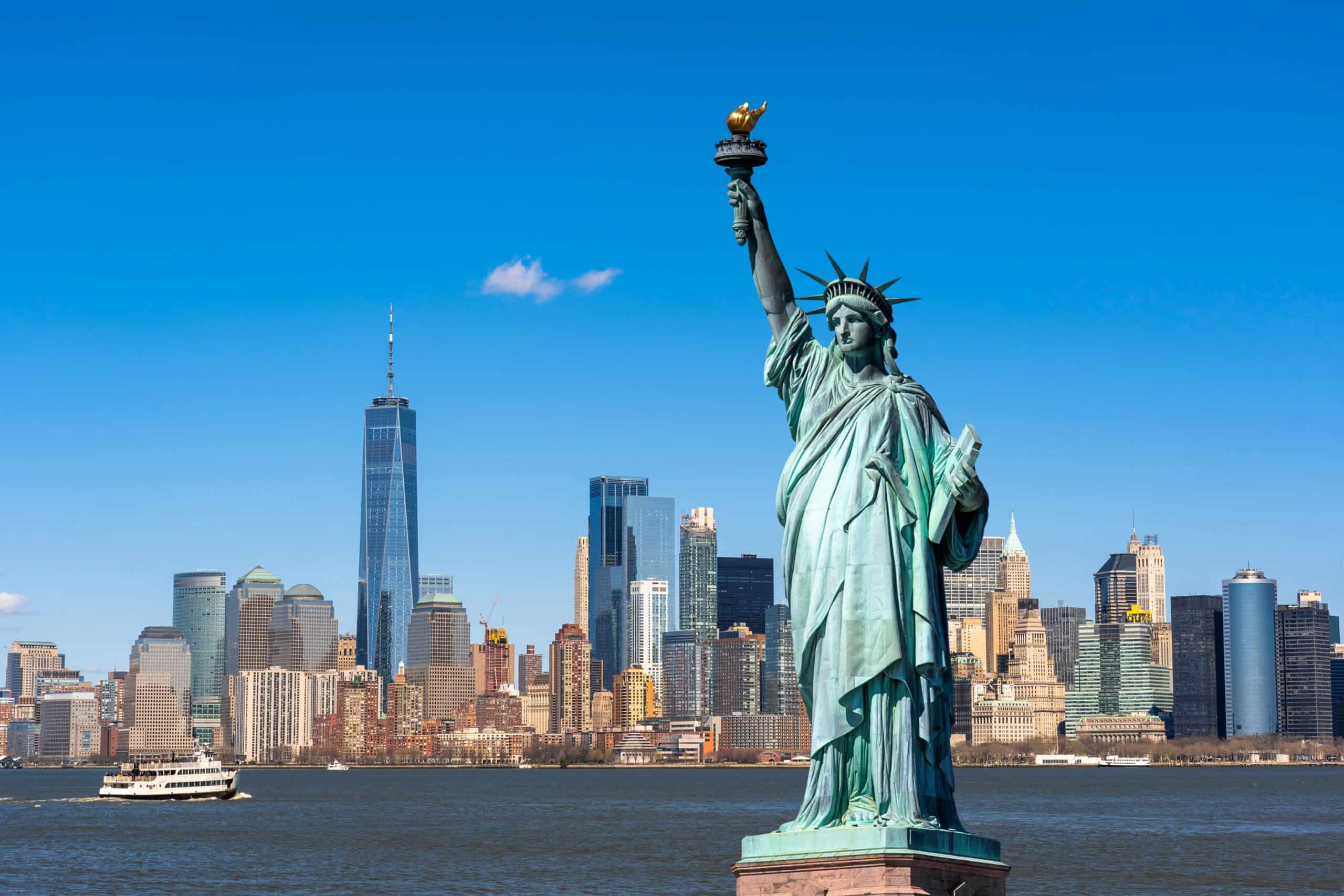
The Statue of Liberty stands tall in New York Harbor, symbolizing freedom and democracy. A gift from France in 1886, it was designed by Frédéric Auguste Bartholdi. The statue represents Libertas, the Roman goddess of freedom, holding a torch and a tablet inscribed with the date of the American Declaration of Independence. The statue is made of copper and stands 305 feet tall, including its pedestal. Visitors can climb to the crown for breathtaking views of New York City. The statue has welcomed millions of immigrants arriving in America, making it a powerful symbol of hope and opportunity.
Mount Rushmore, South Dakota

Mount Rushmore is an iconic American landmark featuring the faces of four U.S. presidents: George Washington, Thomas Jefferson, Theodore Roosevelt, and Abraham Lincoln. Sculpted by Gutzon Borglum and his team between 1927 and 1941, it represents the birth, growth, development, and preservation of the country. Each face is about 60 feet tall, carved into the granite of the Black Hills.
Lincoln Memorial, Washington, D.C.
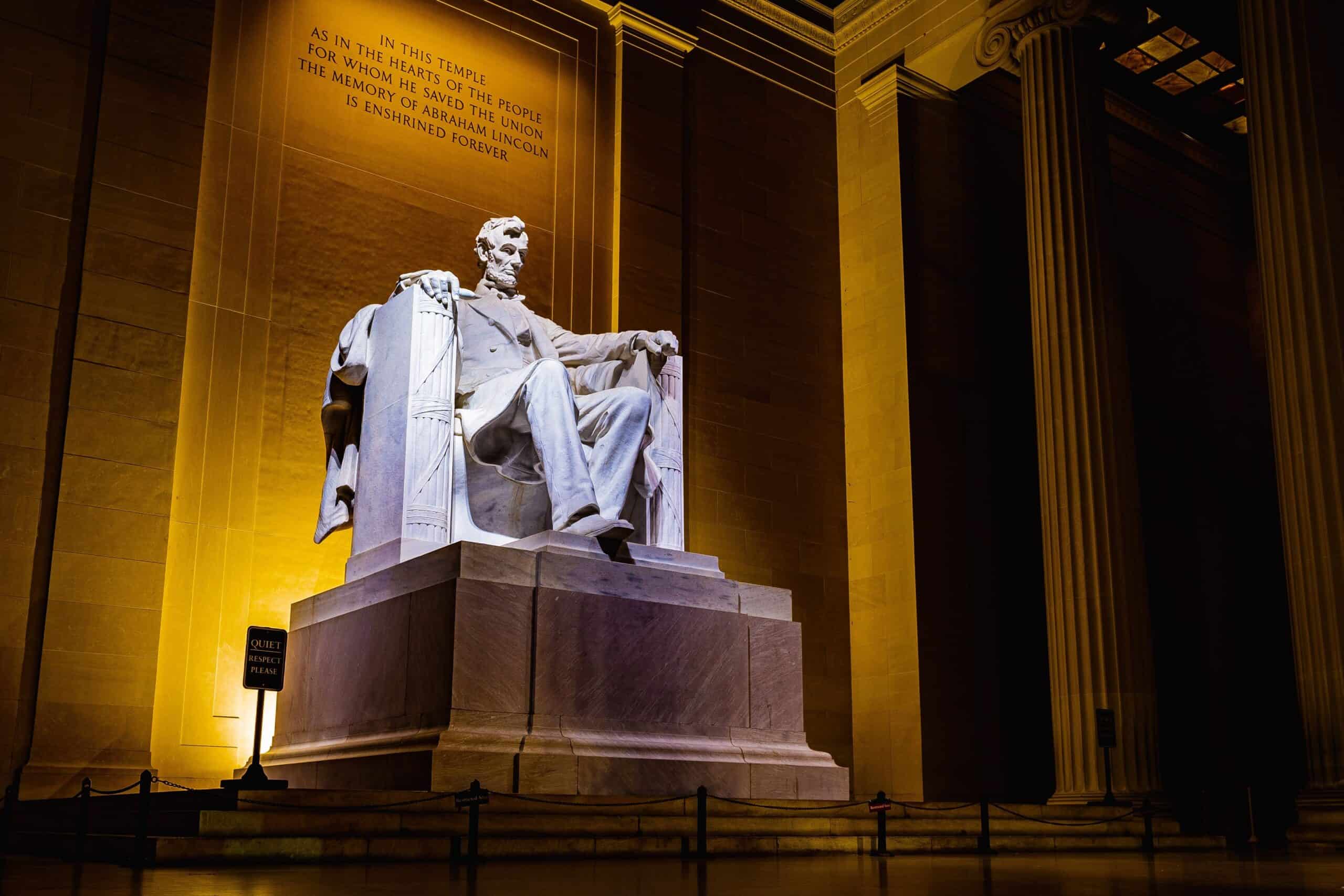
The Lincoln Memorial honors Abraham Lincoln, the 16th President of the United States. Located on the National Mall, it was dedicated in 1922. Architect Henry Bacon designed the memorial in the style of a Greek Doric temple, with a large seated sculpture of Lincoln by Daniel Chester French. Inside, inscriptions of Lincoln’s famous speeches, the Gettysburg Address and his second inaugural address, adorn the walls. The memorial is a site for significant historical events, including Martin Luther King Jr.’s “I Have a Dream” speech, symbolizing equality and justice.
Independence Hall, Pennsylvania
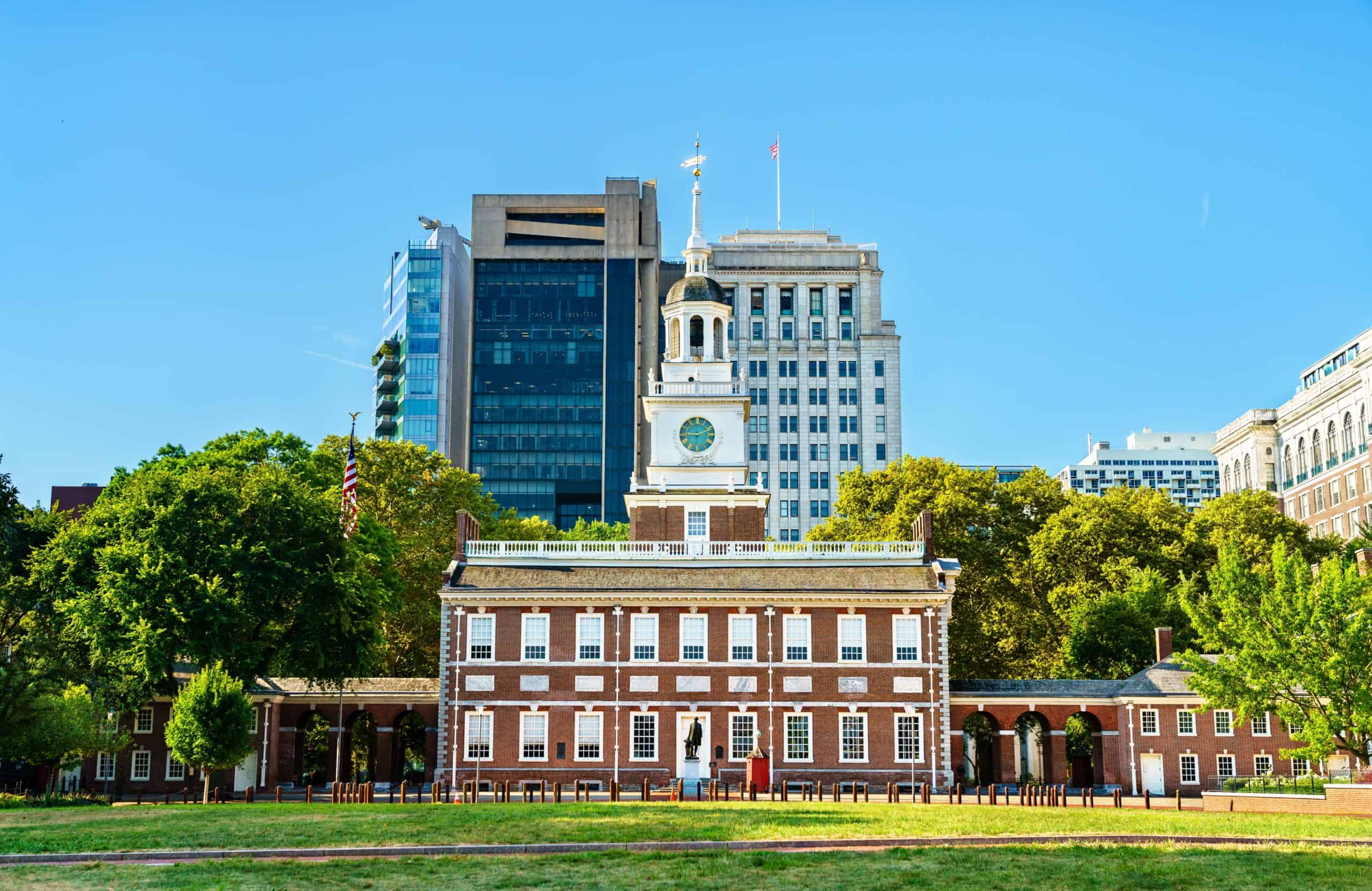
Independence Hall in Philadelphia is where the Declaration of Independence and the U.S. Constitution were debated and adopted. Built in 1753, it served as the Pennsylvania State House. The building is a UNESCO World Heritage Site, reflecting its pivotal role in American history. The Assembly Room, where the Continental Congress met, remains a focal point. Visitors can see the original chair used by George Washington during the Constitutional Convention.
Golden Gate Bridge, California
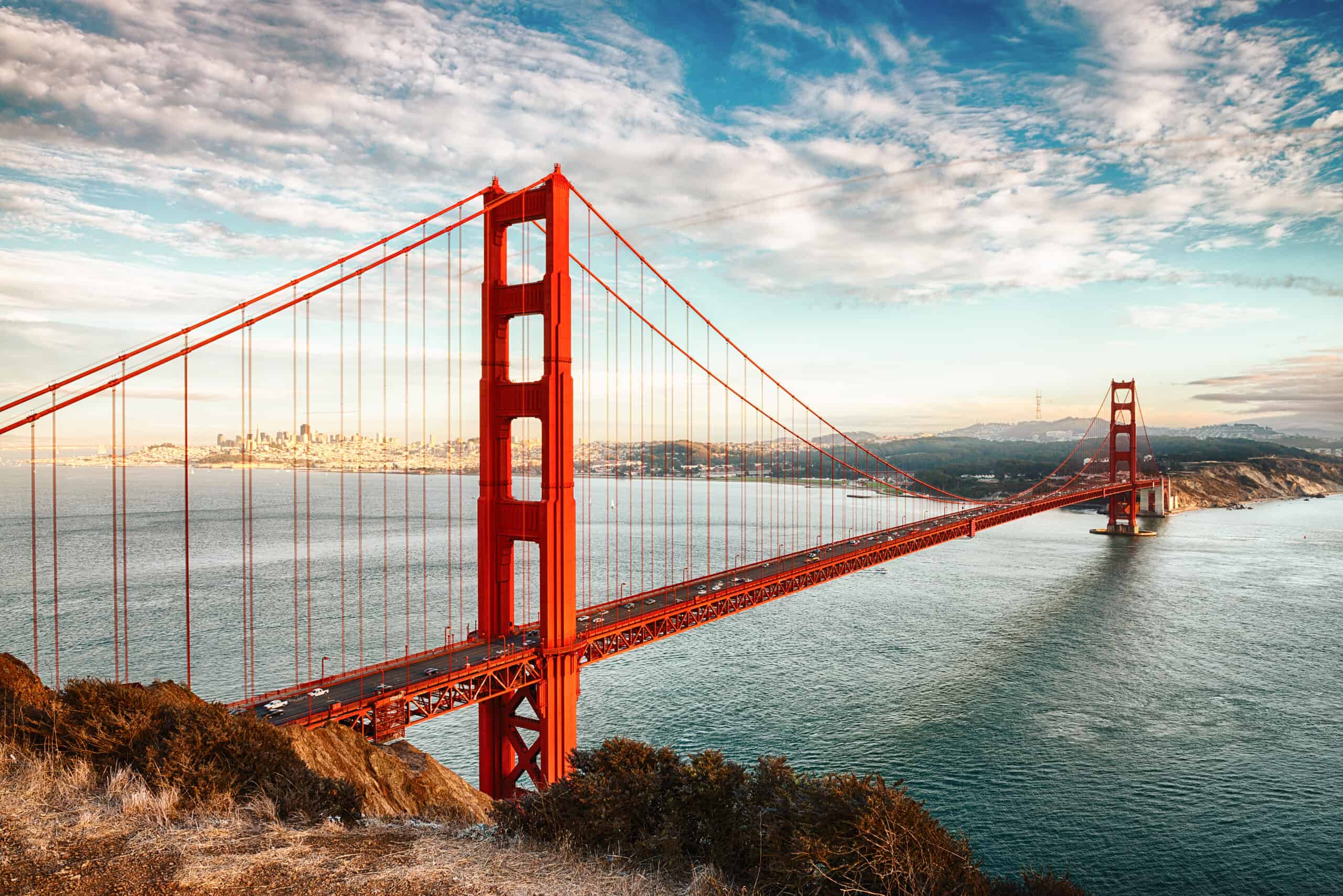
The Golden Gate Bridge is a marvel of engineering and an iconic symbol of San Francisco. Completed in 1937, it was the longest and tallest suspension bridge in the world at that time. Engineer Joseph Strauss led the project, which spans the Golden Gate Strait. The bridge is 1.7 miles long, with its famous orange-red color enhancing its visibility in fog. It connects San Francisco to Marin County and is an essential part of the region’s infrastructure.
The Alamo, Texas
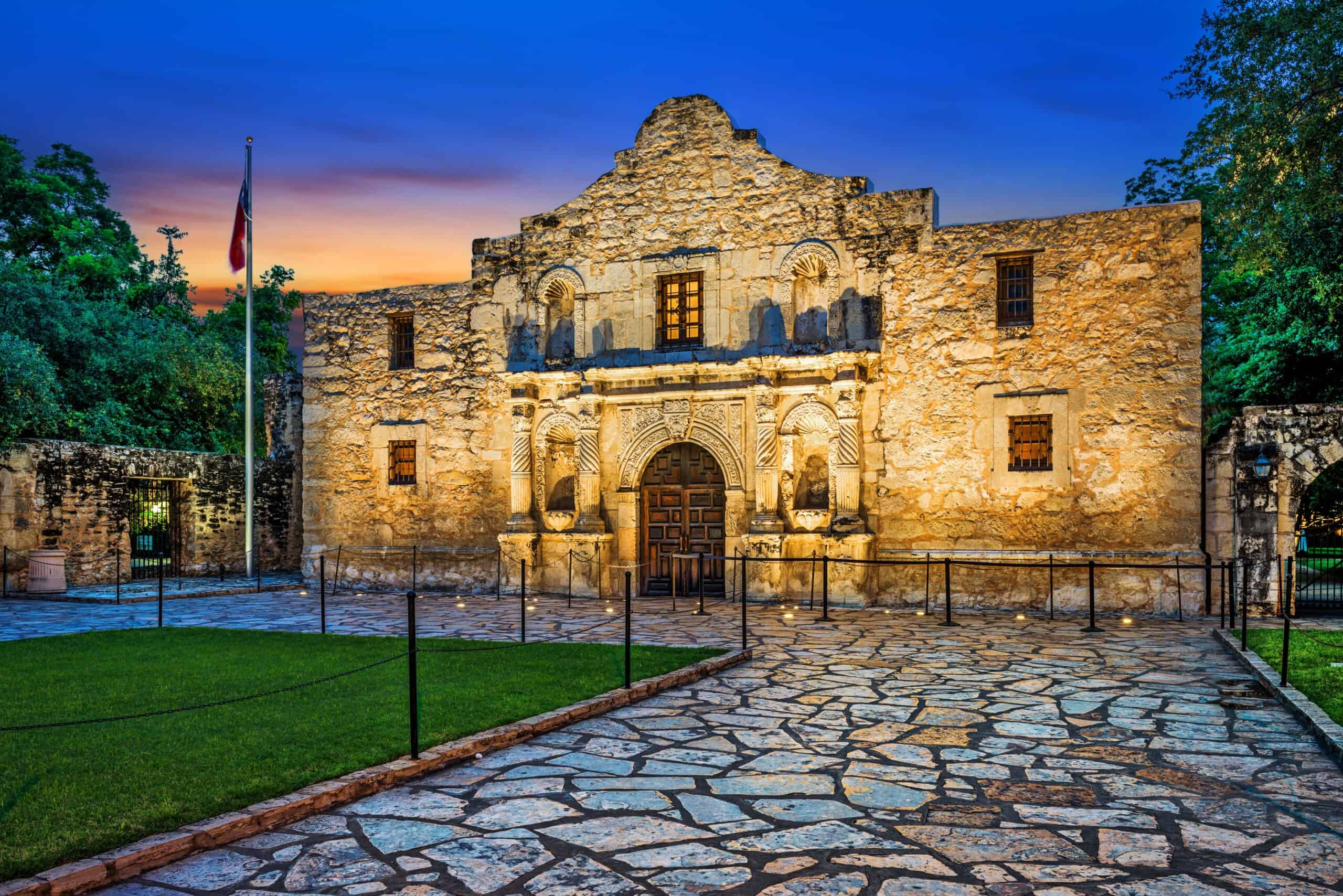
The Alamo in San Antonio is a historic site and symbol of Texas independence. Originally a mission, it became the site of a pivotal battle in 1836 during the Texas Revolution. The outnumbered Texan defenders held out for 13 days against the Mexican army, becoming a symbol of courage and sacrifice. The Alamo chapel, the Long Barrack, and the surrounding grounds are preserved as a museum. Visitors learn about the events and people who shaped Texas history. The cry “Remember the Alamo!” remains a rallying call for Texan pride and independence.
Grand Canyon, Arizona
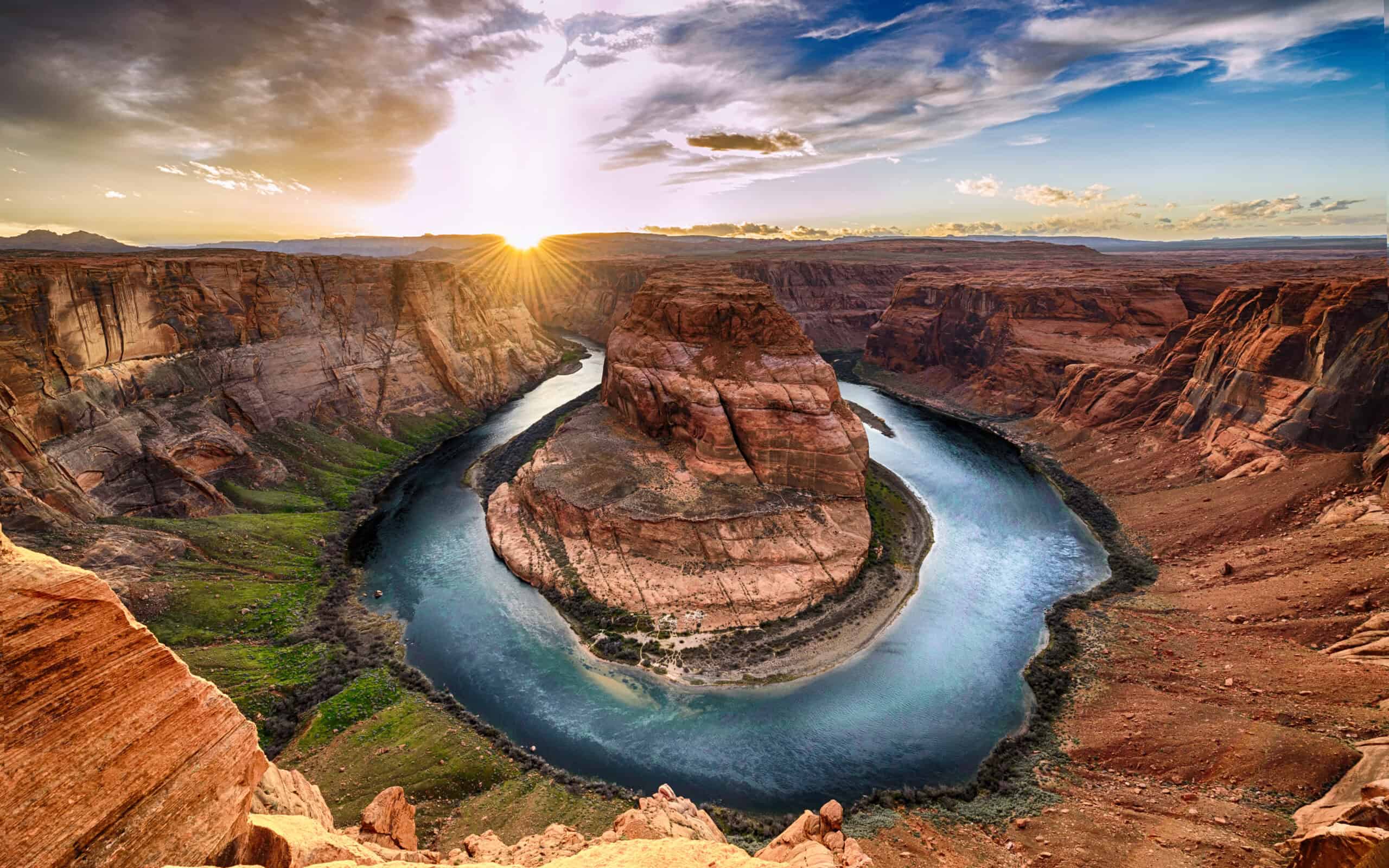
The Grand Canyon is a natural wonder and a UNESCO World Heritage Site. Carved by the Colorado River over millions of years, it stretches 277 miles long and up to 18 miles wide. The canyon’s immense size and colorful landscape attract millions of visitors annually. The South Rim offers easily accessible viewpoints and visitor services. The North Rim, higher in elevation, provides a more secluded experience. The Grand Canyon showcases Earth’s geological history and the power of natural forces, making it an awe-inspiring destination.
White House, Washington, D.C.
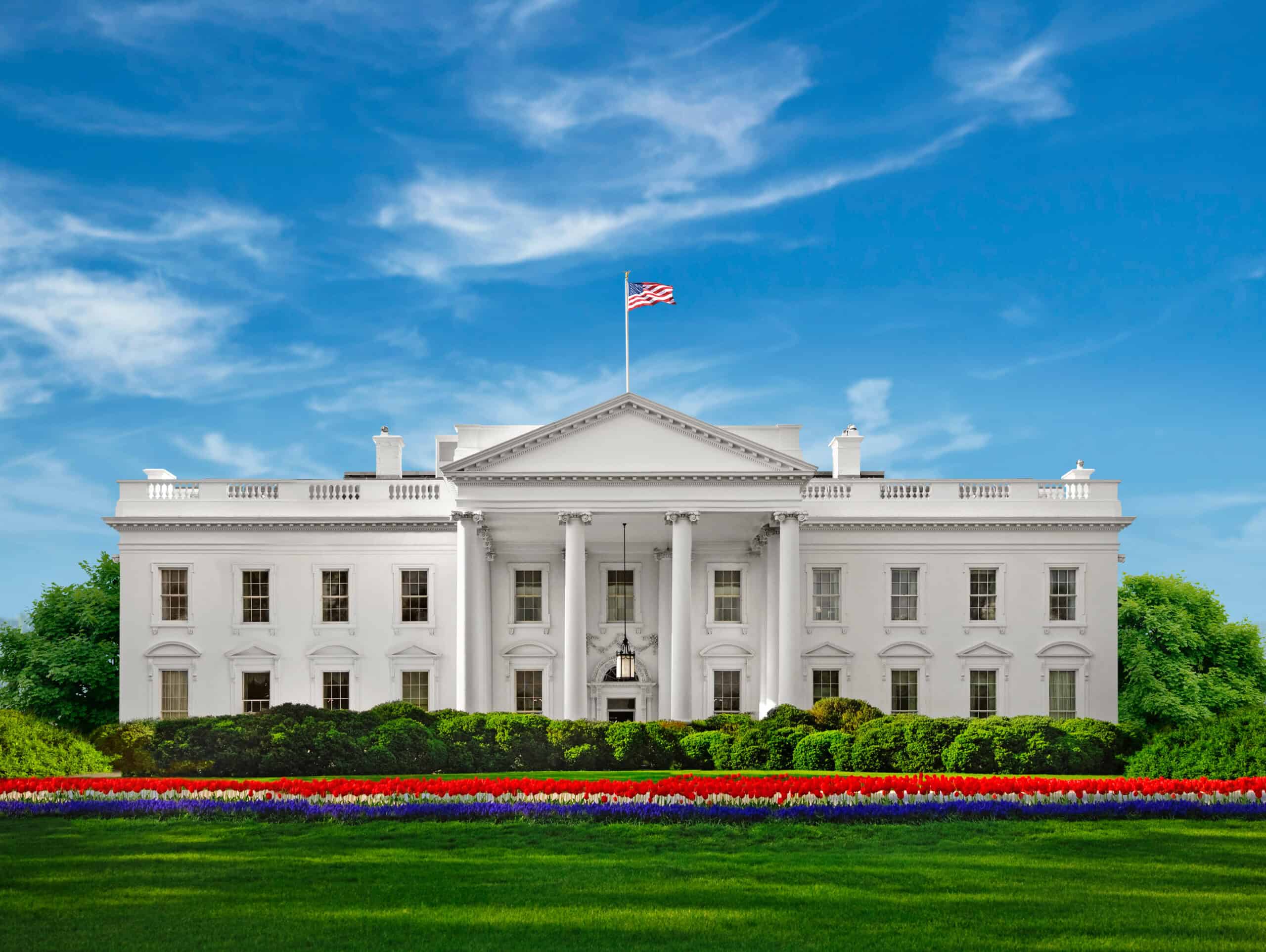
The White House is the official residence and workplace of the President of the United States. Located at 1600 Pennsylvania Avenue, it has been home to every U.S. president since John Adams in 1800. James Hoban designed the neoclassical building, which was later expanded and renovated. The White House includes the Executive Residence, West Wing, East Wing, and the Eisenhower Executive Office Building. It serves as a symbol of the American presidency and government.
Ellis Island, New York
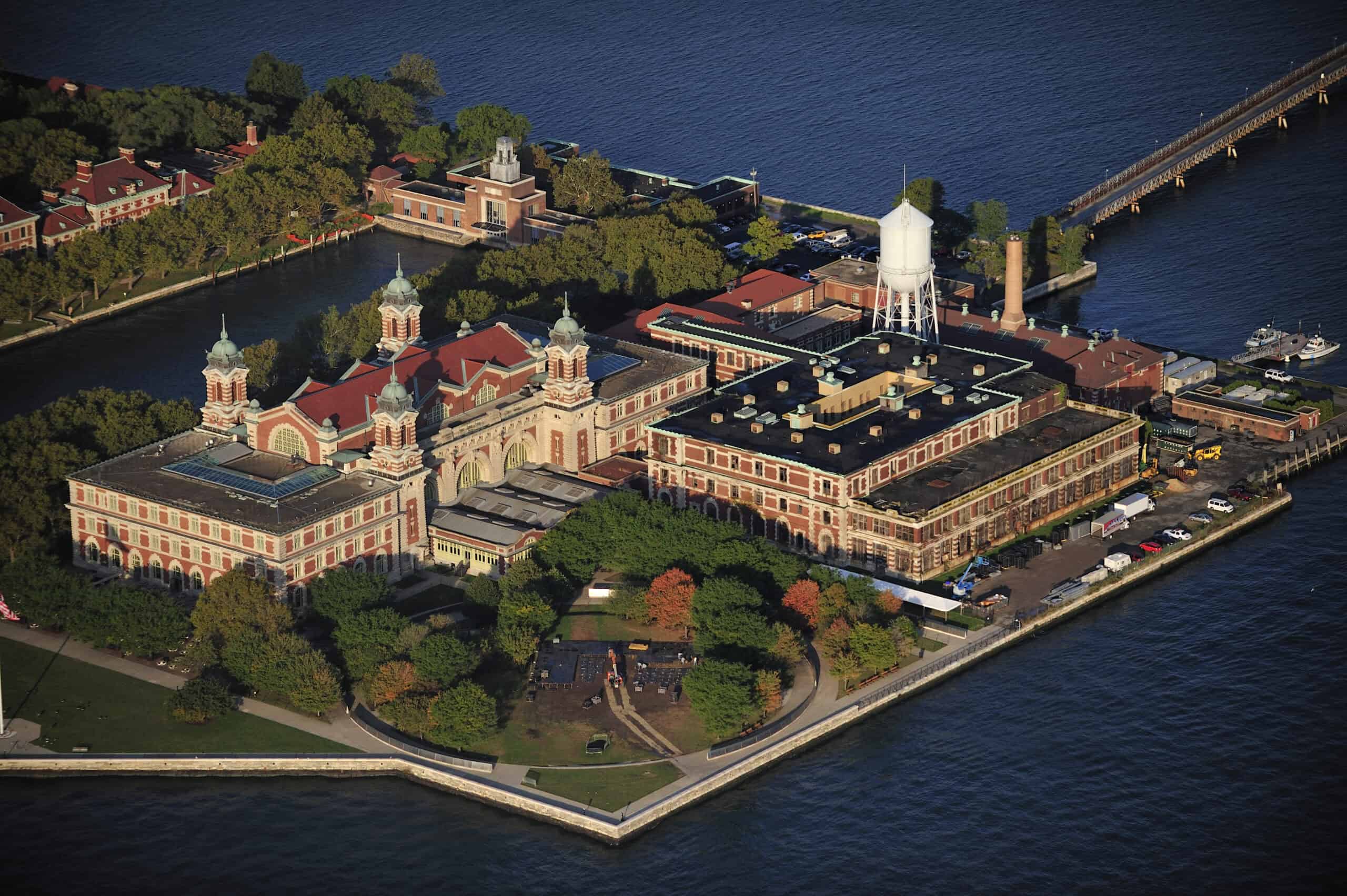
Ellis Island served as the gateway for over 12 million immigrants entering the United States from 1892 to 1954. Located in New York Harbor, it is now a part of the Statue of Liberty National Monument. The island’s main building, restored in 1990, houses the Ellis Island Immigration Museum. Visitors can explore exhibits detailing the immigrant experience. The island’s Wall of Honor lists the names of many immigrants who passed through.
Liberty Bell, Pennsylvania
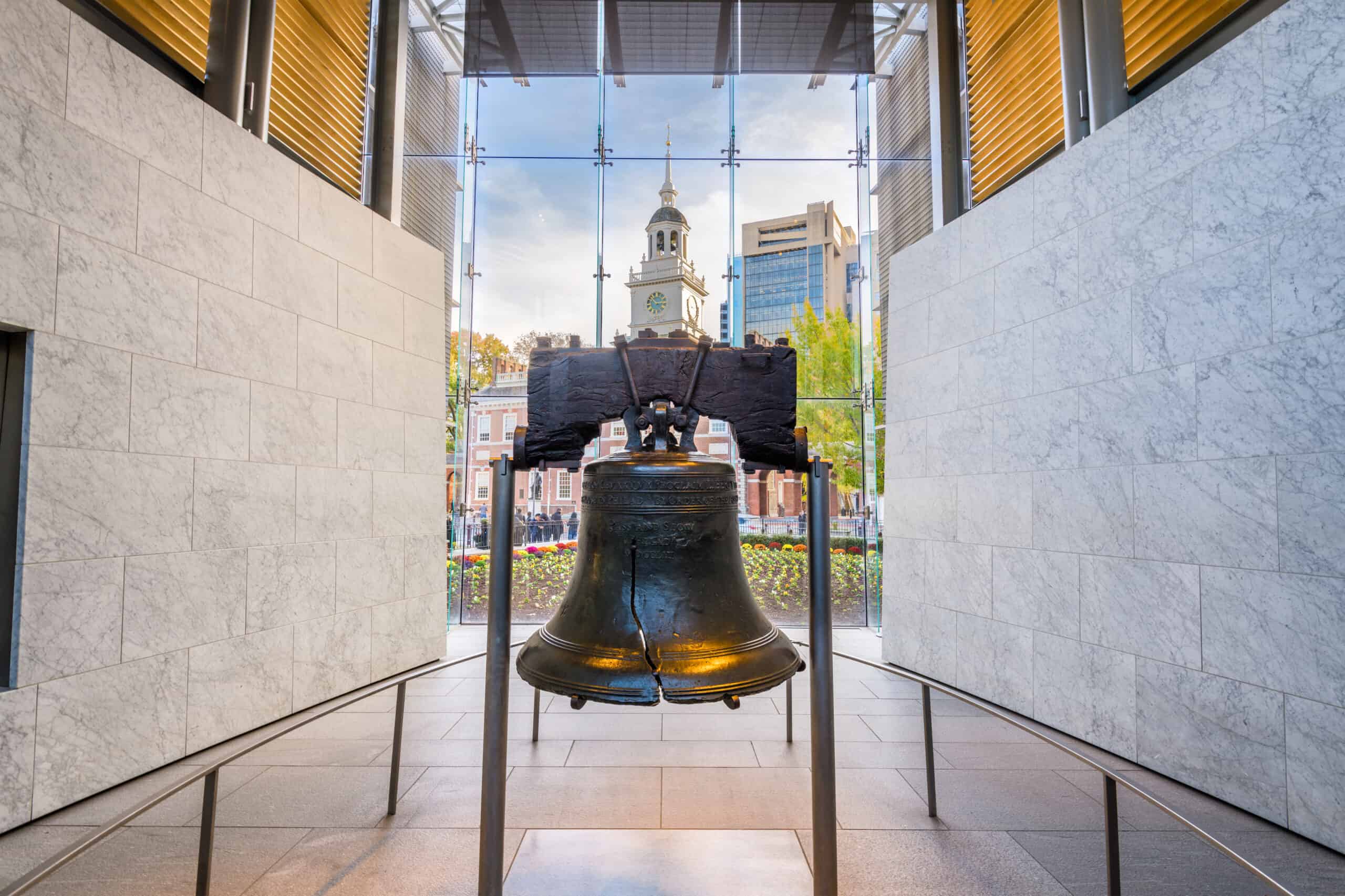
The Liberty Bell, located in Philadelphia, is an enduring symbol of American independence. Cast in 1752, it originally hung in the Pennsylvania State House, now Independence Hall. The bell cracked during its first test ring and was recast twice by local craftsmen. Its inscription, “Proclaim Liberty Throughout All the Land Unto All the Inhabitants Thereof,” reflects its significance. The bell became a symbol of the abolitionist movement and was adopted as a national icon.
Washington Monument, Washington, D.C.
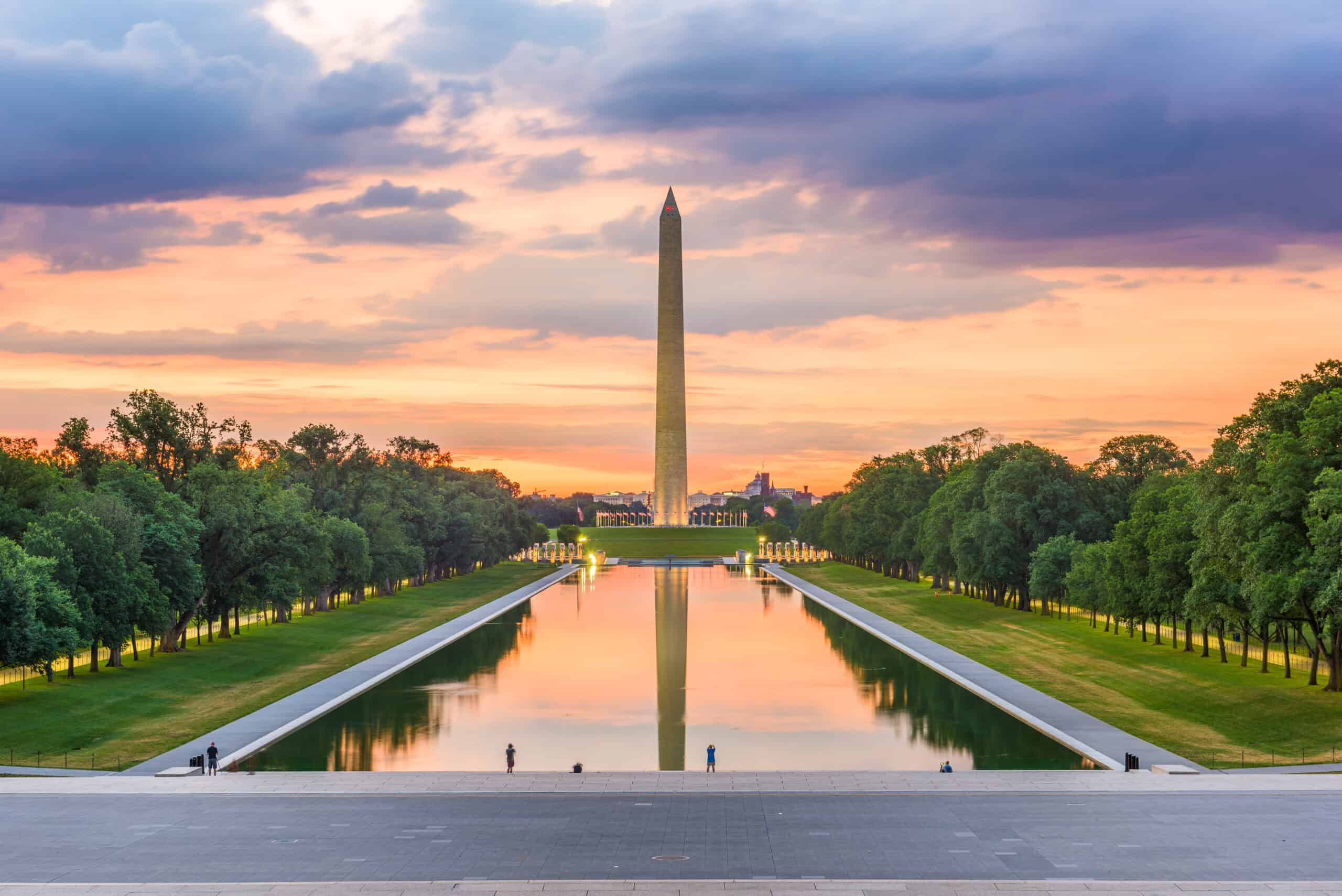
The Washington Monument is a towering tribute to George Washington, the nation’s first president. Completed in 1884, it stands 555 feet tall on the National Mall. Architect Robert Mills designed the obelisk, which remained the tallest structure in the world until 1889. Constructed from marble, granite, and bluestone gneiss, it features an interior iron staircase and elevator. Visitors can ascend to the observation deck for panoramic views of the capital.
Hoover Dam, Nevada/Arizona
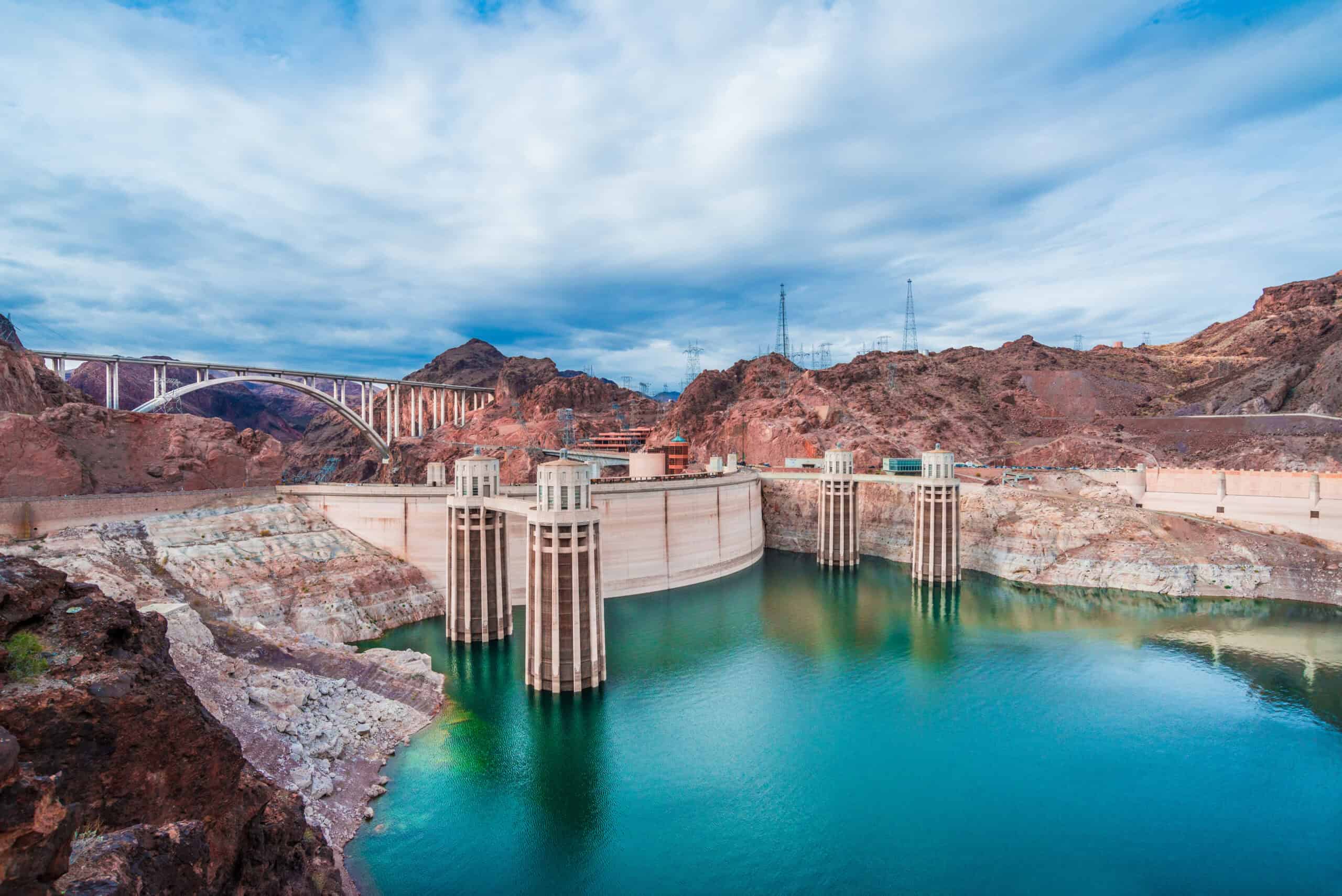
Hoover Dam, completed in 1935, is a marvel of modern engineering. Spanning the Colorado River between Nevada and Arizona, it provides hydroelectric power, water storage, and flood control. The dam is 726 feet tall and 1,244 feet long, creating Lake Mead, the largest reservoir in the U.S. Art Deco designs adorn the dam’s structures, reflecting the era of its construction. Guided tours offer insights into its construction and operation.
Gateway Arch, Missouri
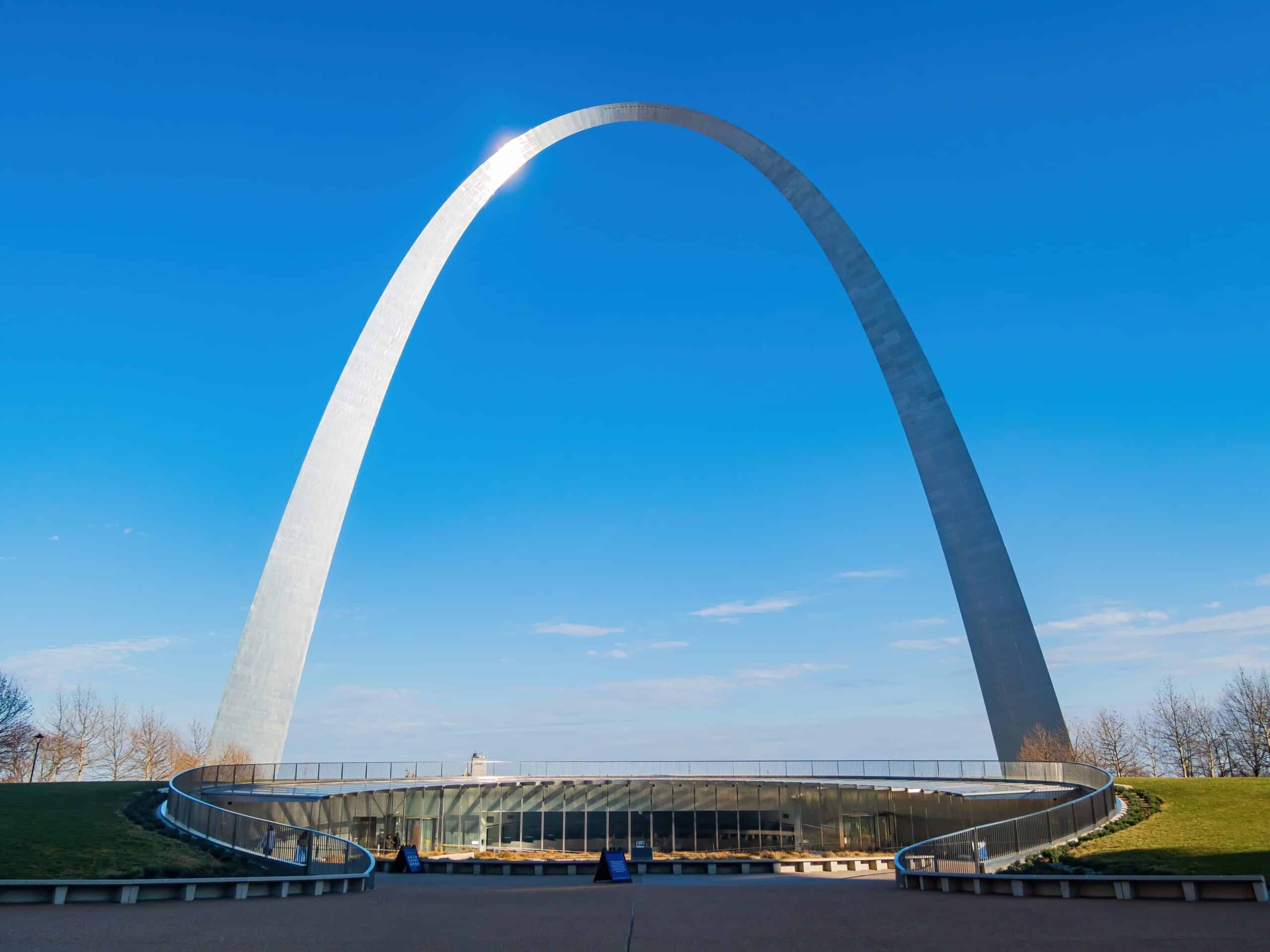
The Gateway Arch in St. Louis symbolizes the westward expansion of the United States. Completed in 1965, it stands 630 feet tall, making it the tallest man-made monument in the U.S. Architect Eero Saarinen designed the stainless steel arch, which is shaped as an inverted, weighted catenary curve. Visitors can ride to the top in a unique tram system for sweeping views of the Mississippi River and the city. The arch is part of the Jefferson National Expansion Memorial, highlighting its historical significance.
Pearl Harbor, Hawaii

Pearl Harbor is a historic site and U.S. naval base on the island of Oahu. The surprise attack by Japanese forces on December 7, 1941, led the United States into World War II. The harbor is now home to several memorials, including the USS Arizona Memorial, which honors the sailors who lost their lives. The Visitor Center offers exhibits detailing the events of the attack and its aftermath. Tours of the battleships and submarines provide a glimpse into naval history.
Yellowstone National Park, Wyoming
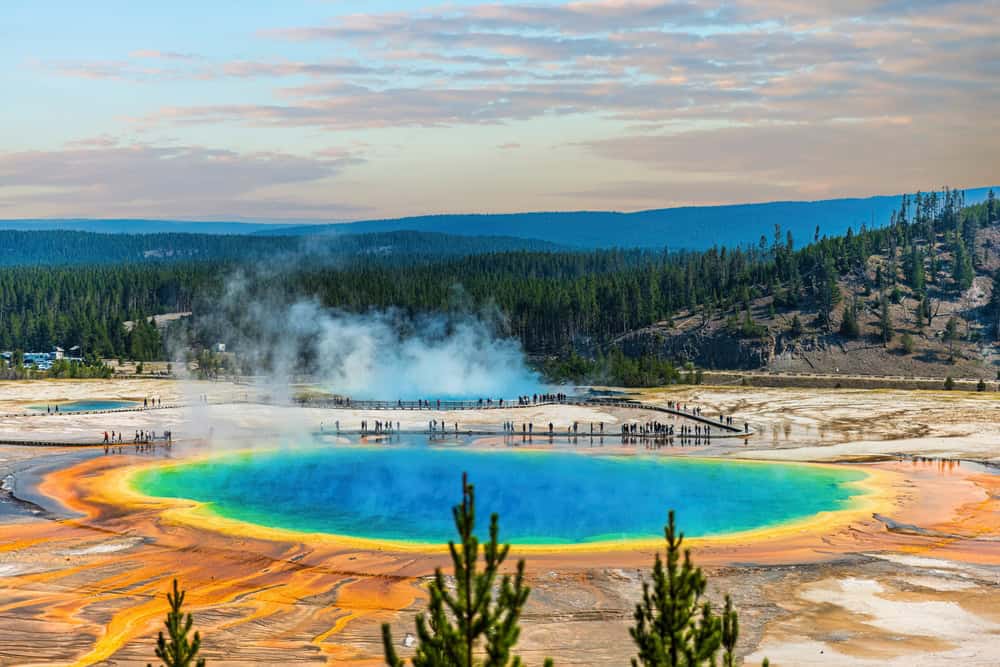
Yellowstone National Park, established in 1872, is the first national park in the world. Spanning Wyoming, Montana, and Idaho, it covers over 2 million acres. The park is known for its geothermal features, including the iconic Old Faithful geyser, which erupts regularly. Yellowstone is home to diverse wildlife, such as bison, elk, and grizzly bears. Visitors can explore its vast landscapes, from canyons and rivers to forests and hot springs.
Hollywood Sign, California
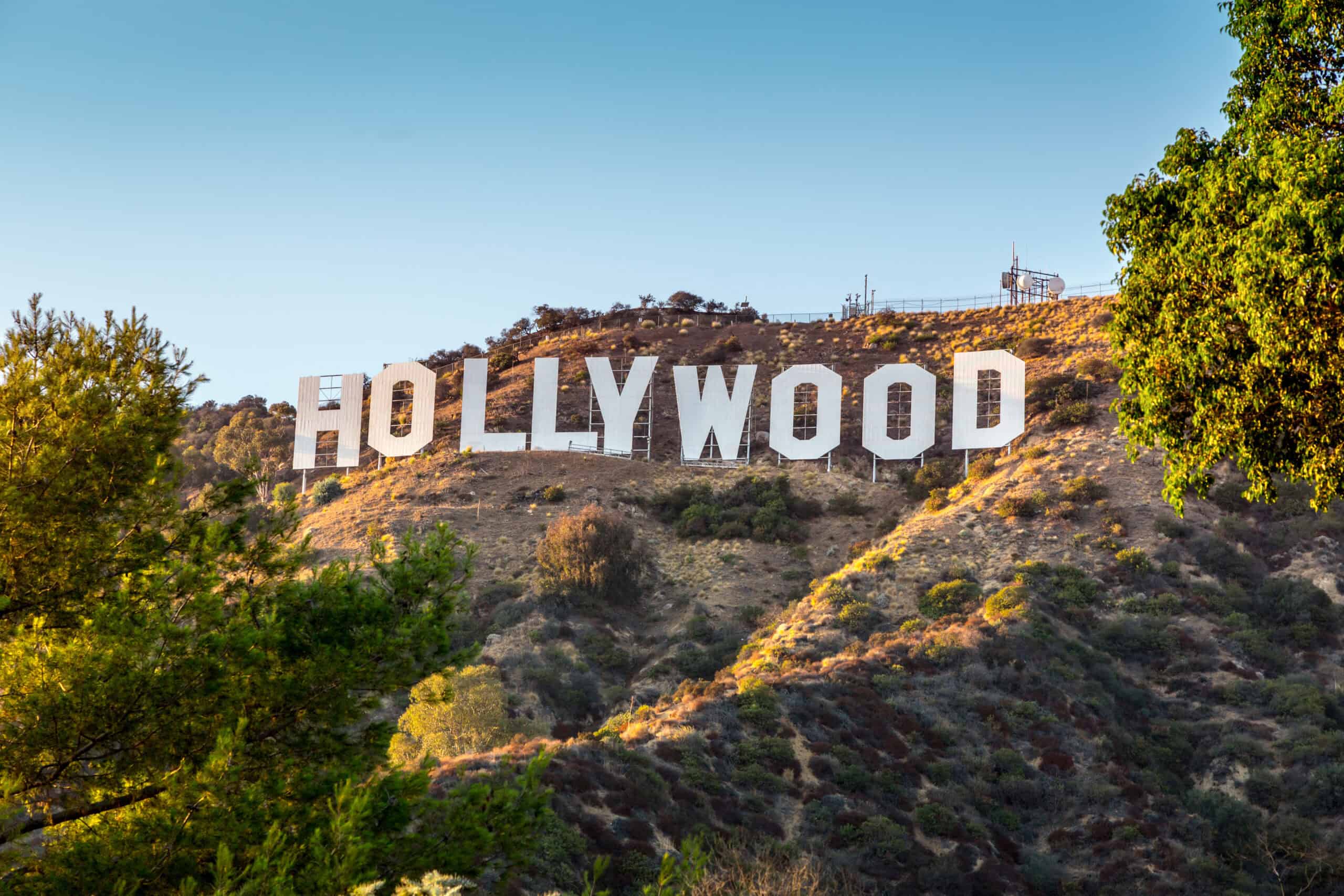
The Hollywood Sign, perched on the hills of Los Angeles, is an iconic symbol of the entertainment industry. Originally erected in 1923 as “Hollywoodland” to advertise a real estate development, the sign was later shortened to “Hollywood” and became synonymous with the film industry. Each letter is 45 feet tall and made of steel. The sign has undergone several restorations to preserve its appearance. It remains a cultural landmark, attracting tourists and symbolizing the glamour and allure of Hollywood.
This article originally appeared on Rarest.org.
More from Rarest.org
13 Rare Stamps Every Philatelist Dreams Of
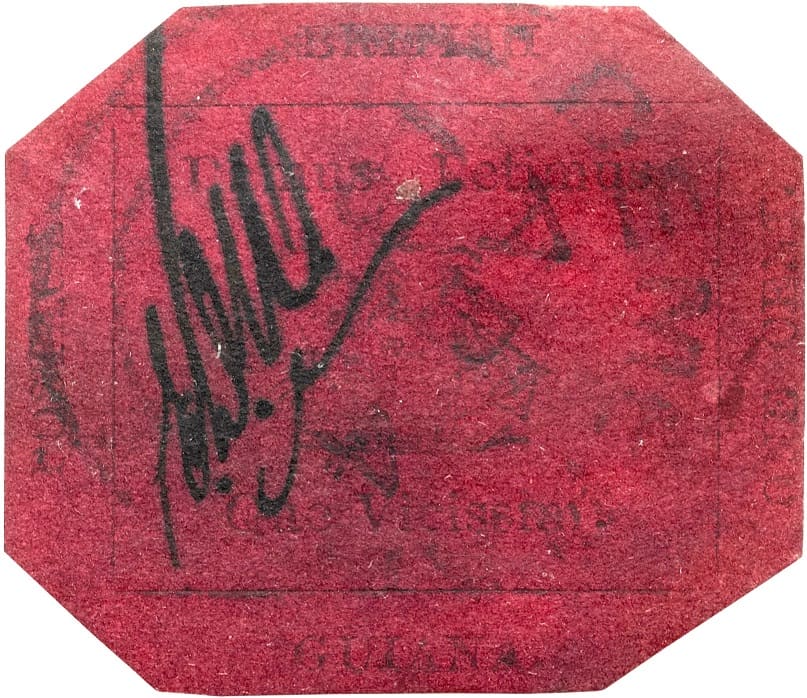
Philately is more than a hobby; it’s a journey through history, culture, and art. Rare stamps hold stories and value that captivate collectors worldwide. Read More.
The 10 Most Expensive Celebrity-Owned Items Ever Sold

Celebrities often own unique and valuable items. When these items go up for sale, they can fetch staggering prices. Read More.
The 14 Most Coveted Vintage Motorcycles and Their Value

Vintage motorcycles hold a special place in the hearts of enthusiasts and collectors. These bikes are not only prized for their history but also for their unique designs and engineering feats. Read More.
